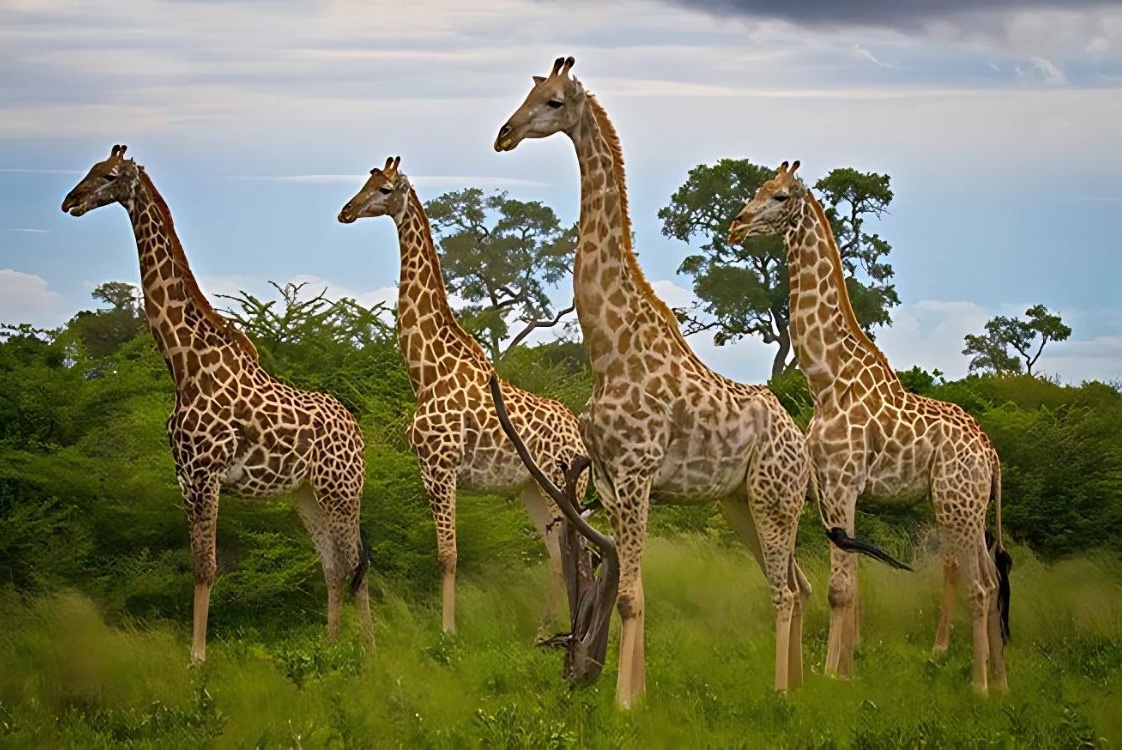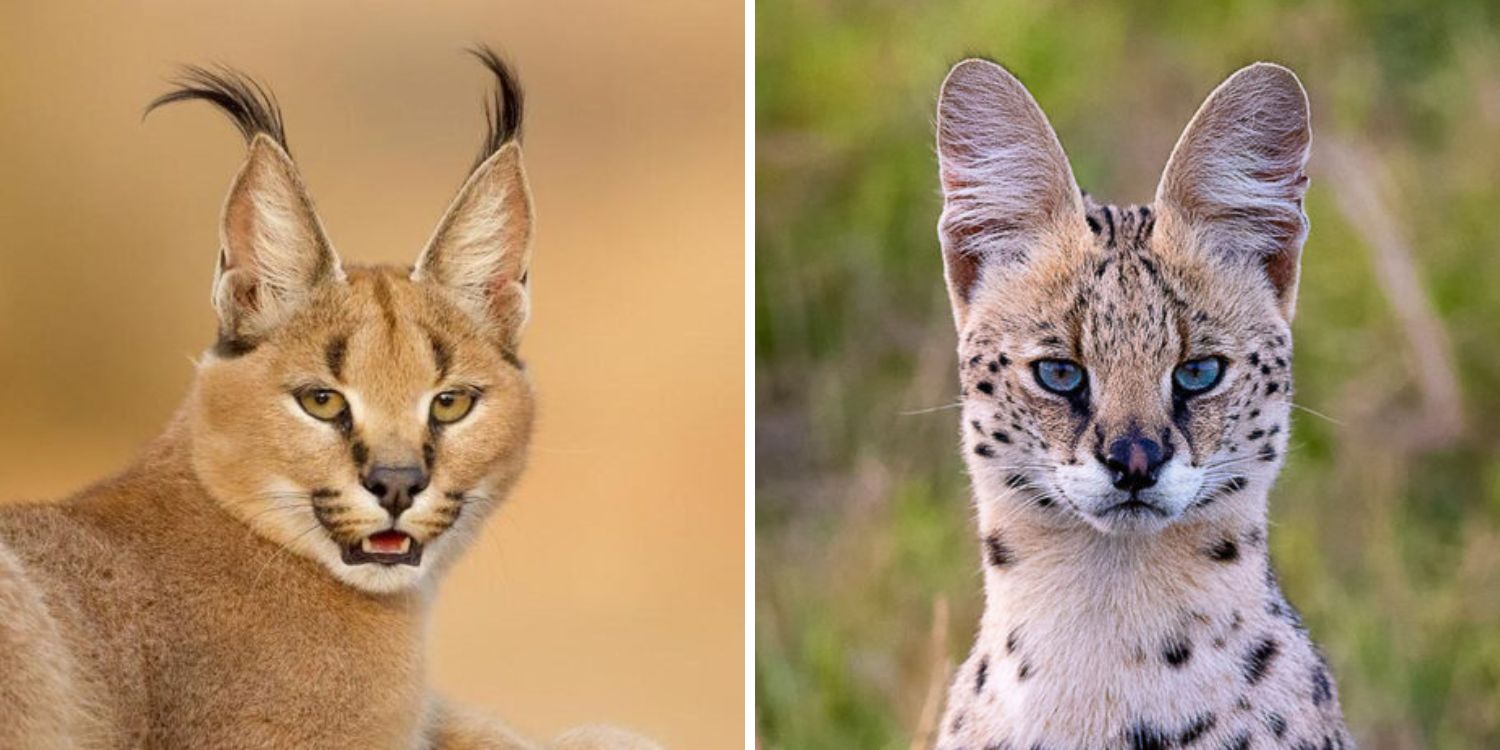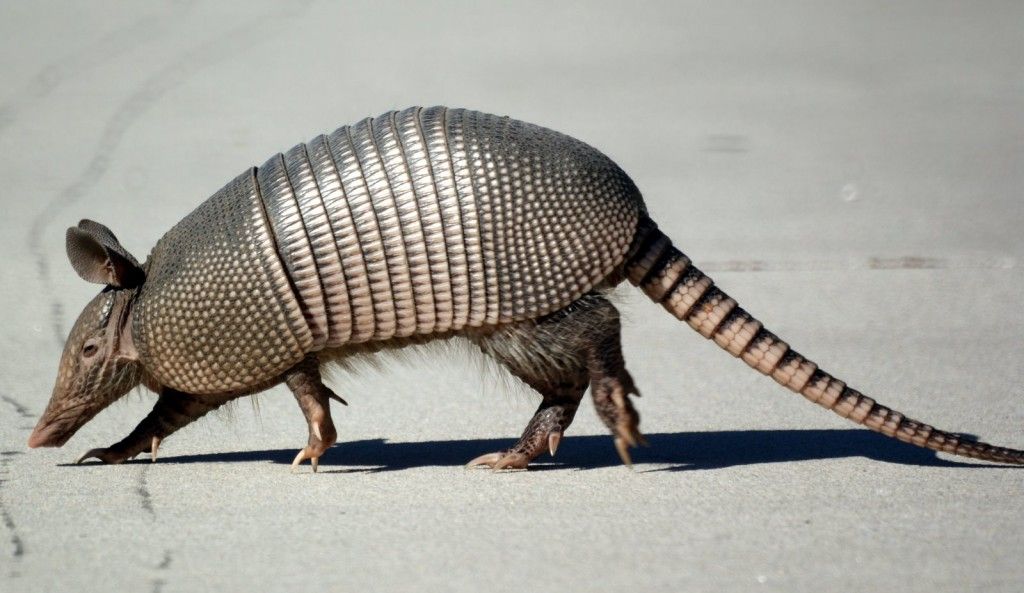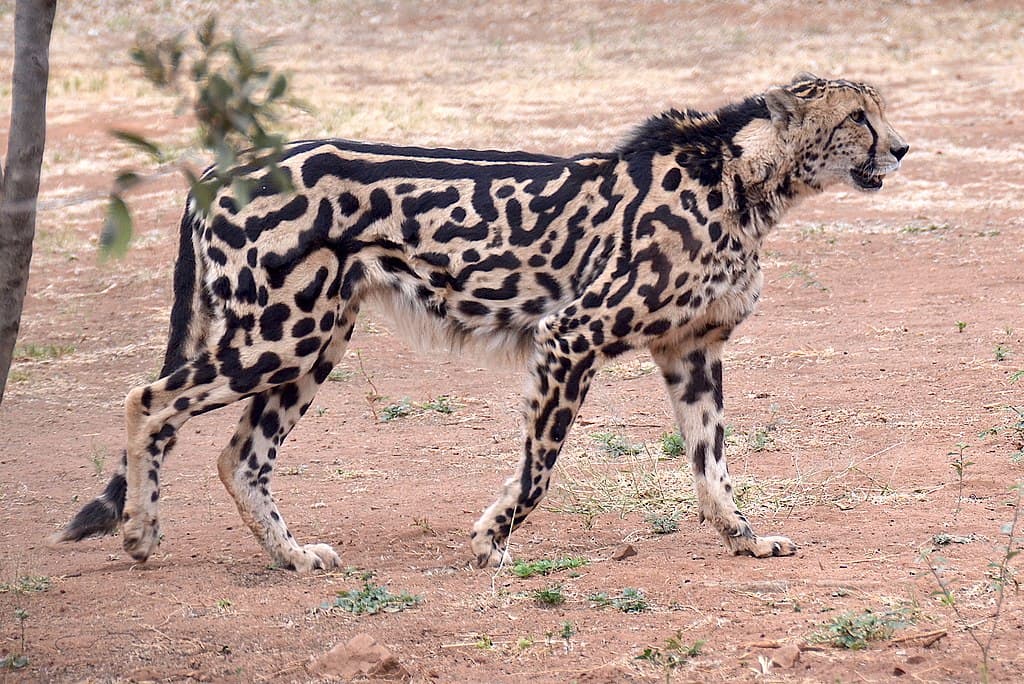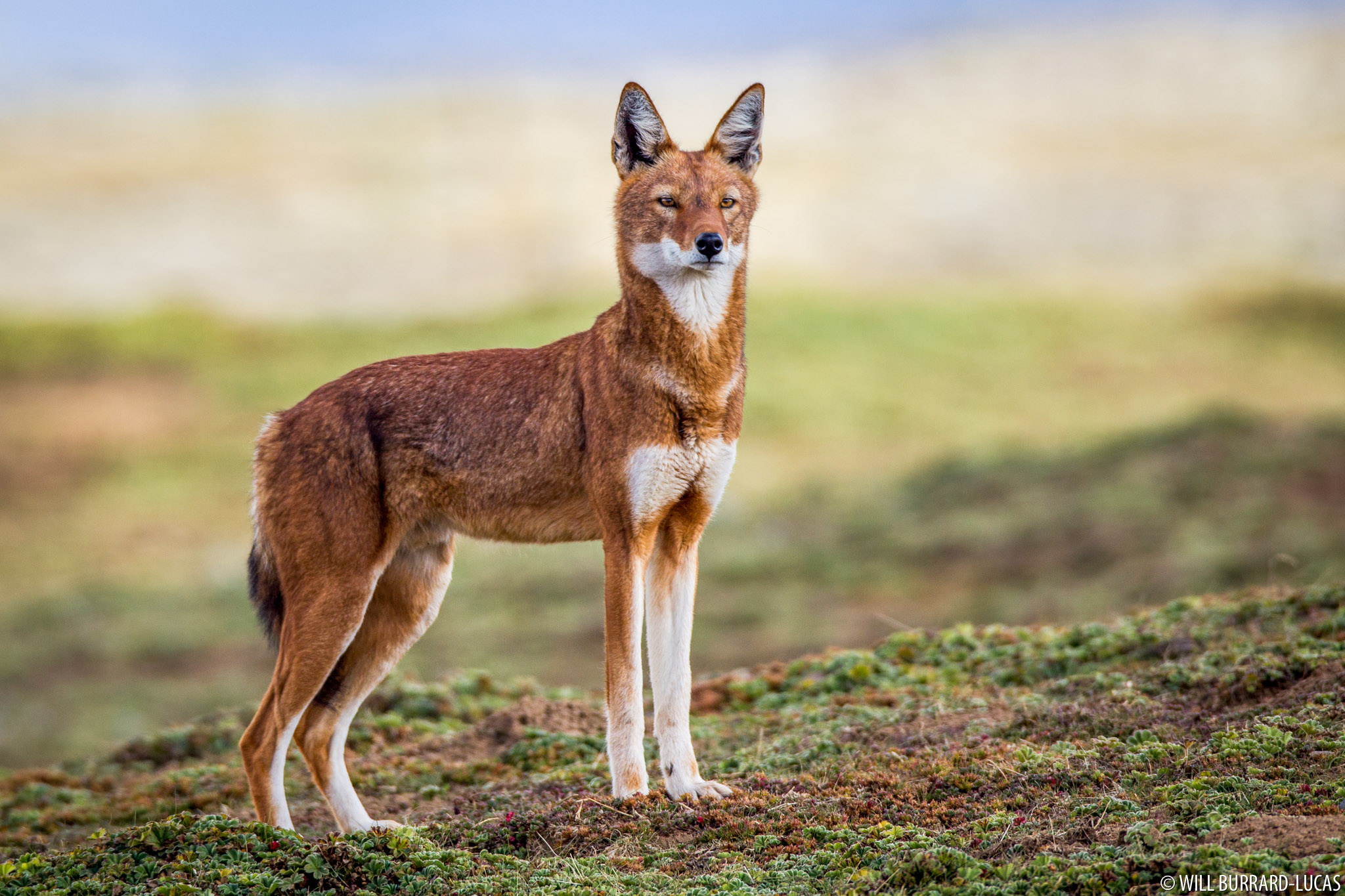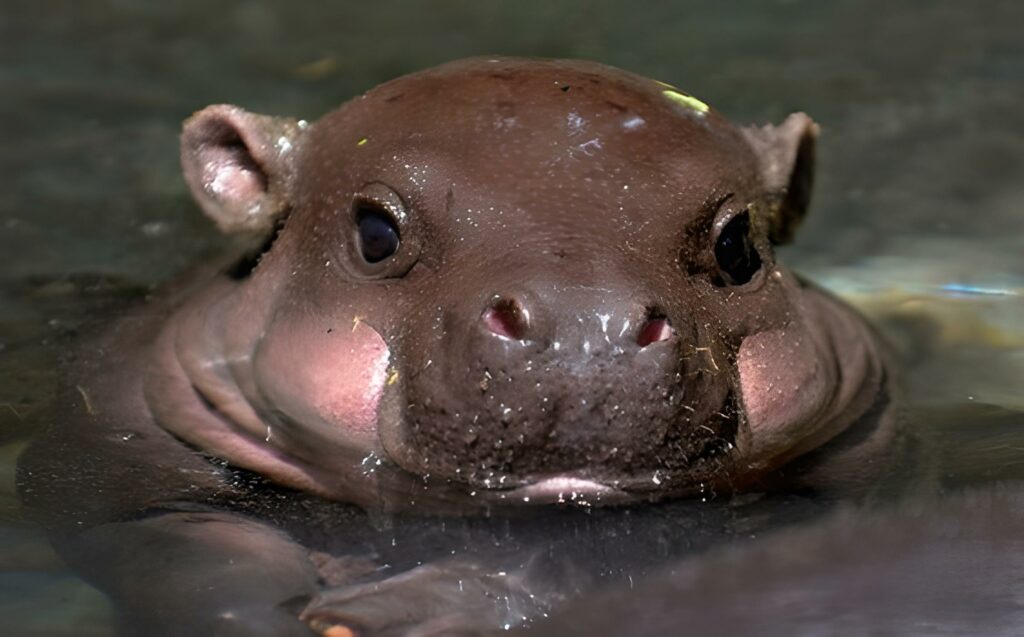
When most people think of hippos, they picture the massive, grumpy beasts wallowing in African rivers. But tucked away in the forests and swamps of West Africa lives their smaller, more secretive cousin: the pygmy hippopotamus.
They’re rare. They’re adorable. And they’re nothing like what you expect from a hippo.
What Is a Pygmy Hippo?
The pygmy hippopotamus (Choeropsis liberiensis or Hexaprotodon liberiensis) is a miniature version of the common hippo. But this isn’t just a baby or a scaled-down clone. Pygmy hippos are a separate species with distinct behaviors, anatomy, and habitat needs.
- Height: About 2.5 feet at the shoulder
- Length: Around 5 feet
- Weight: 400–600 pounds (roughly the size of a large pig)
In other words, an adult pygmy hippo could comfortably fit in the back of an SUV – not something you can say about its river-dwelling cousin.
Where Do Pygmy Hippos Live?
Pygmy hippos are native to West Africa, primarily found in:
- Liberia (most of the population)
- Small parts of Sierra Leone, Guinea, and Côte d’Ivoire
They live in dense tropical forests and swamps, usually close to rivers or other freshwater sources. Unlike common hippos that spend much of the day submerged, pygmy hippos prefer to hide in thick undergrowth and come out mostly at night.
Forest Life and Behavior
Pygmy hippos are solitary and secretive. They’re crepuscular or nocturnal – active at dawn, dusk, or night – and spend their time foraging for:
- Ferns
- Fruits
- Leaves
- Grasses
- Fallen vegetation
Unlike their water-loving cousins, pygmy hippos are less aquatic. They can swim and wallow, but they’re more adapted to moving through forest underbrush and using muddy paths and tunnels they create over time.
Anatomy: Small But Specialized
Pygmy hippos still retain some classic hippo features – like thick skin, webbed toes, and a hefty body – but there are some key differences:
- More upright posture: Their legs are longer (relative to their body), so they walk more easily through dense forest.
- Less aggressive: They’re shy and avoid confrontation.
- More secretions: Like common hippos, they produce a special oily substance, nicknamed “blood sweat,” that helps protect their skin from sun and infection.
Rare and at Risk
Pygmy hippos are Endangered, with fewer than 3,000 individuals thought to remain in the wild.
Threats include:
- Deforestation from logging, mining, and agriculture
- Hunting for bushmeat
- Habitat fragmentation, which makes it harder for them to find mates or stay safe
Fortunately, conservation efforts are underway. Zoos around the world participate in breeding programs, and there are several sanctuaries in West Africa working to protect their forest homes.
Fun Fact
Pygmy hippos were unknown to the Western world until the 19th century, and are still so elusive in the wild that much of what we know comes from observing them in zoos!
Final Thoughts
Pygmy hippos are living proof that big things come in small, swampy packages. They may not be as famous or flashy as their massive cousins, but these forest-dwelling charmers are just as fascinating – and far more mysterious.
Whether munching on jungle leaves or padding silently through the shadows, pygmy hippos remind us that some of the world’s most remarkable creatures are also the hardest to find.
Want to meet more miniature marvels? Stay tuned for deep dives into rare species and lesser-known wildlife from around the globe – next up: the Borneo pygmy elephant. Yes, you read that right. Not just pygmy hippos, but also pygmy elephants!
More photos below ↓










Disclaimer: This blog post is for edutainment purposes only and may not be entirely accurate.

